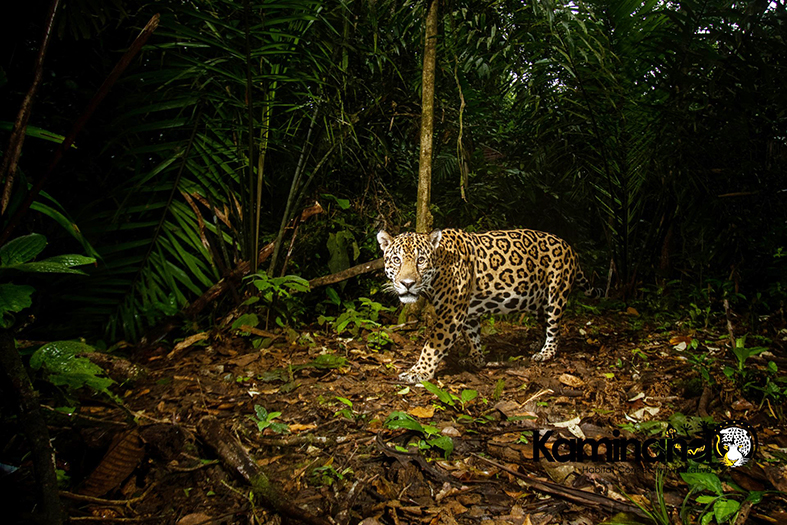News
Innovative research on big cat connectivity in Panama
Big cats need a lot of space and ways of getting from one safe haven to another. This is why innovative research on how corridors provide routes through landscapes is a key theme for WildCRU’s ground-breaking research in landscape ecology. Jaguars are an especially exciting case given their range stretches the whole length of South America and north to Texas. This makes Panama as crucial for jaguar geopolitics as it is for humans, and that’s why WildCRU set up a unique collaboration with local researcher Kimberly Craighead, co-founder of Kaminando Habitat Connectivity Initiative (kaminando.org).
Research led by. WildCRU’s Sam Cushman, just published in ‘Frontiers in Ecology and Evolution’, means we can now plot the best roadmap for jaguars to chart a route through Panama – the jaguars may have known already, but the policymakers needed to know. This work provides innovative insight into both the theoretical and practical understanding of the functional connectivity of big cats. Authors compared 72 different models of landscape connectivity for jaguars and pumas using both empirically based and expert opinion derived resistance layers. Similarities and differences among the models were evaluated, and factors driving their differences quantified using surface correlation, Mantel testing and agglomerative hierarchical clustering.
Results indicate that the main differences in predicted connectivity surfaces were related to species and resistance modelling approach, with relatively little consistent difference related to dispersal ability and nonlinear kernel transformation. The Canal Zone and Lake Gatun were demonstrated to be barriers to jaguar, puma, and potentially other species movement across Panama and the Pan-American region. Two core habitat areas were identified – one in the west extending to the Costa Rican border, and another in the east extending to the Colombian border, with three weak but potentially critical movement routes connecting them across the Canal Zone. These findings also highlight the significant value of protected and indigenous lands like the Guna Yala territory.
Professor David Macdonald, WildCRU’s founder, who leads the group’s global programme on felid landscapes said, “We are thrilled that important analytical advances have enabled us to join up the dots for jaguars and make important practical suggestions about how to ensure jaguars have safe passage through this critical central American landscape”.
Cushman SA, Craighead KA, Yacelga M, Kaszta ZM, Wan HY and Macdonald DW (2023) Seventy-two models of large mammal connectivity across Panama: insights into a critical biogeographic linkage zone. Front. Ecol. Evol. 11:1250255. doi: 10.3389/fevo.2023.1250255
-
 Photo by Sebastian Kennerknecht
Photo by Sebastian Kennerknecht -

-






